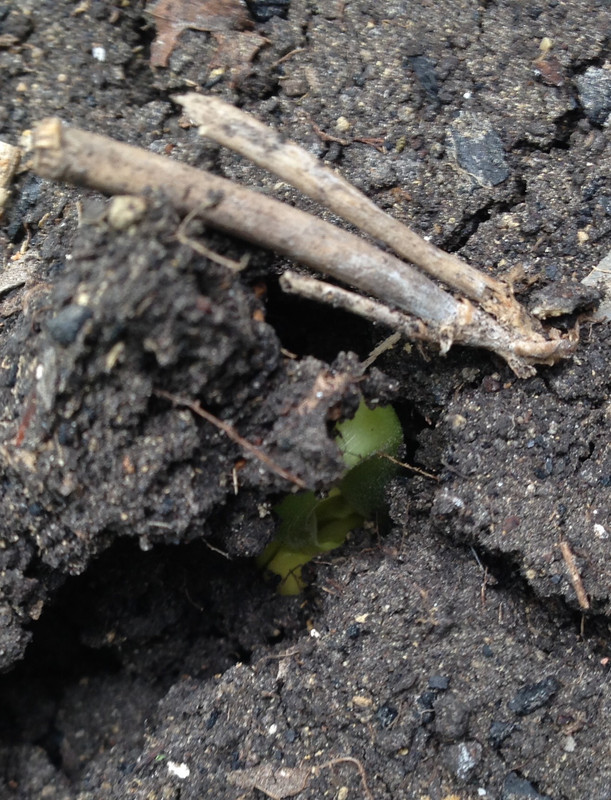- Thread starter
- #101
Blue-Jay
Garden Master
- Joined
- Jan 12, 2013
- Messages
- 3,425
- Reaction score
- 10,874
- Points
- 333
- Location
- Woodstock, Illinois Zone 5
@reedy,
You are better off delaying planting than planting too early and risking cold weather, frost, or rotting seed in cold soil. Plants can make up the growth when it's warmer. Last year I planted some bush beans on July 3rd a month later than most of my other bush beans. I was amazed those July 3rd beans produced dry seed about the same time as the ones planted a month earlier. Slightly later much not a whole bunch.
You are better off delaying planting than planting too early and risking cold weather, frost, or rotting seed in cold soil. Plants can make up the growth when it's warmer. Last year I planted some bush beans on July 3rd a month later than most of my other bush beans. I was amazed those July 3rd beans produced dry seed about the same time as the ones planted a month earlier. Slightly later much not a whole bunch.

